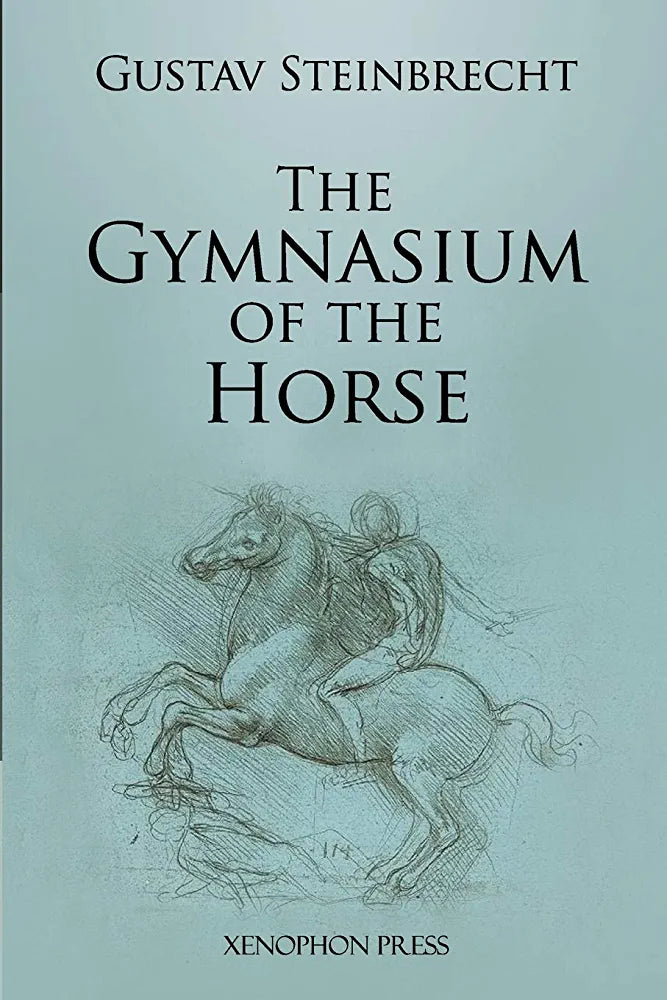Mangaiti Equine Books
The Gymnasium of the Horse
The Gymnasium of the Horse
Couldn't load pickup availability
Gustav Steinbrecht's "Gymnasium des Pferdes" is one of the great milestones of equestrian literature, alongside Xenophon, de Pluvinel, Newcastle, and de la Gueriniere. It forms a connection and transition between two eras. One the one hand, it is the culmination point of the equestrian literature of the late 18th century and 19th century that, under the influence of the Industrial Revolution, tried to explain equine biomechanics by comparing the horse's body to a mechanical device.
On the other hand, it forms the theoretical foundation for the German army training manual H. Dv. 12 (Heeresdienstvorschrift) and its successor, the "Richtlinien fuer Reiten und Fahren" of the German National Federation. The "Gymnasium of the Horse" belongs on every dressage rider's bookshelf. It's the kind of book that cannot be glanced through casually, but that needs to be studied, because every word is chosen deliberately, and every sentence is full of knowledge and meaning. It's a book that needs to be re-read regularly, because with each new reading you will discover something new, and your understanding will evolve and deepen with each reading.
It is a true classic, because it is universally accepted and admired, not only in Germany, but also in the rest of the dressage world, and it contains so much wisdom, so much invaluable advice that even 130 years later it has lost nothing of its relevance. Steinbrecht formulates rules, principles, and guidelines for horse training more concisely and more sharply than almost any other author. His book has really stood the test of time.
Steinbrecht was born in 1808 in Ampfurth, a village near Oschersleben in the Börde district of Saxony, which at that time was a province of Prussia. He studied veterinary medicine in Berlin before spending eight years at the manège at Moabit under the celebrated dressage trainer Louis Seeger. It was there that he met his wife, Seeger's niece. From 1834 to 1842 he directed a private manège in Magdeburg, and then returned to Berlin to work again with Seeger. In 1849 Steinbrecht took over as director of Seeger's manège and began work on a book on horsemanship. In 1859 he acquired his own manège in Dessau, but returned once again to Berlin in 1865, where he continued to train horses almost until his death. His book was expanded and edited by Paul Plinzner and published posthumously as Das Gymnasium des Pferdes , "The Gymnasium of the Horse" in 1886. The date of publication is often incorrectly given as 1885 in bibliographies such as that of Huth. A second German edition was published in 1892, and a third in 1901.
Finally, in 1994, Xenophon Press commissioned and published the first English edition.
Condition: new, hardback



